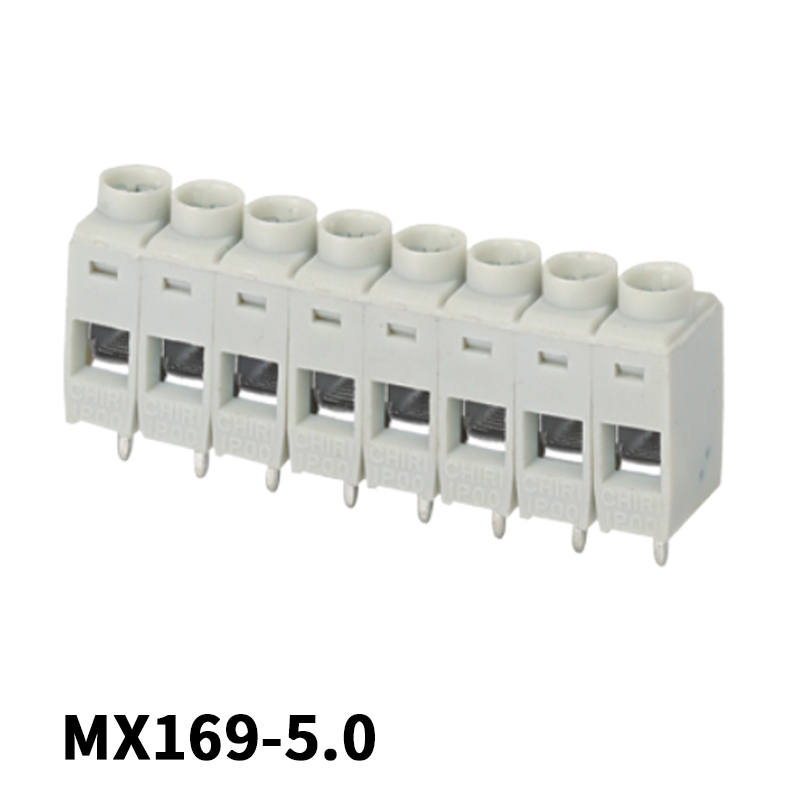There are many differences between a screw terminal block and a spring terminal block. Essentially, the pitch is the distance between adjacent poles. The rating for these two different types of terminal blocks takes into account factors such as voltage, current, and creepage. Fortunately, these three different types of terminal blocks have very similar electrical ratings, and they can be used interchangeably in the same application. If you're looking for a screw terminal, then look for the type with a higher pitch.
A screw terminal block is a device that holds two wires and releases them when you screw them together. A 2-pin terminal block has a ridge on one side and a slot on the other, and a three-pin terminal block is similar but has a slot on one side. Some of these terminal blocks can be combined to create arbitrarily long strips, and some are able to be stacked for increased lengths. They come in two orientations, top-entry and side-entry, and can be used to connect two or more sources.
The screw-type terminal block has two screwholes on one side. The ridge on the other side has a slot. A 3-pin terminal block has a slot in the middle, while a 2-pin terminal block has a ridge. Some of these blocks can lock together to form arbitrarily long strips. Some screw-style terminal blocks come with two or three slots. You can even buy these in multiples and use them together.

There are different types of screw terminal blocks. The side-entry type has a five-mm pitch, and has two wire terminals for stripped wire ends. You can stack these screw-style terminal blocks together to make a longer strip of wire. These are generally rated for 250 V, 16 A (UL), and they ship in packs of four. However, there are other types of screws that have different parameters. So, when choosing a type of screw terminal block, make sure to check the specification first before you purchase it.
The screw terminal block is a standard type of electrical terminal that can be soldered into circuit boards. It also allows you to use different types of wires, including single-core ones. In North America, the screws on the terminal block are usually sized differently to accommodate a variety of wire sizes. The nut on the side of a terminal block can also be used to hold the wire in place. This can be used to connect multiple connectors.
The screw terminal block is the most common type of electrical terminal. It's often used for single-core wires. It is an electrical component with a single core. The screw in the screw terminal allows the current to flow between these wires safely. The screws on the screw terminal blocks are used to secure the wires and provide grounding capabilities. They are available in various shapes and sizes. They can also be connected to other electrical components using a cable.